Most folks picture the Eiffel Tower when they hear “Paris.” But honestly, there’s so much more waiting just outside the city. Once I started wandering through the wider Île-de-France region, I stumbled on grand palaces, peaceful forests, sleepy villages, and secret parks most tourists never even hear about.
I kept getting drawn to places like the Palace of Versailles, not just because of its history, but for those massive gardens where you can finally breathe and escape the crowds. Wandering quiet forest trails and poking around tiny towns gave me a whole different sense of adventure—something way beyond the usual Paris checklist.
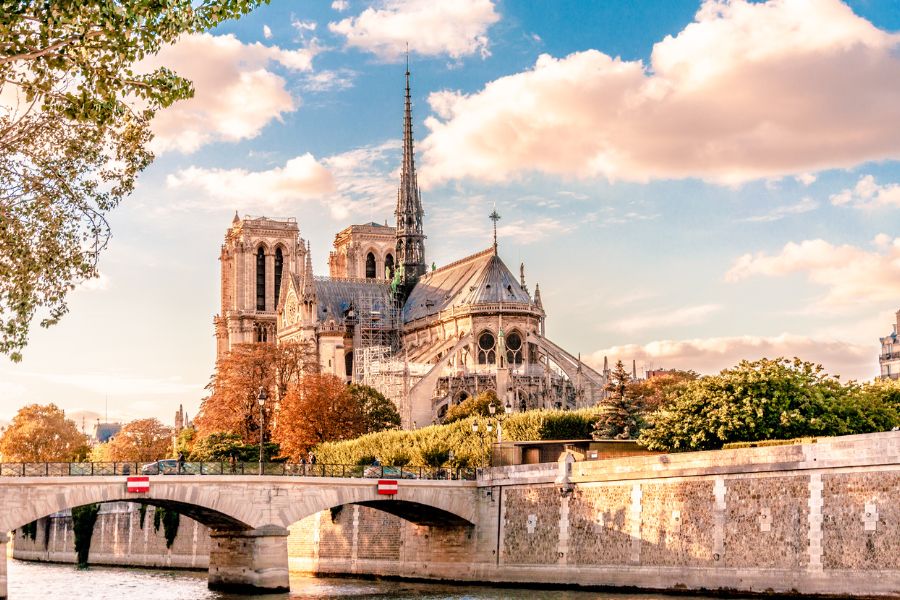
These spots made my trip feel special, and I felt like I connected with French culture on a deeper level. If you’re thinking about going beyond the Eiffel Tower, here are my five favorite reasons that changed everything for me.
Why Go Beyond Paris? The Magic of the Île-de-France Region
Stepping outside the city opens up quieter villages, royal palaces, and peaceful forests. These places are packed with local history and real charm. The region’s solid train connections and easy-to-find vacation homes mean you’ll experience things you just can’t get inside Paris.
Hidden Gems Just Outside the City
Whenever I left central Paris for a day, I found more than just new scenery. Take Fontainebleau, for example. I got to explore a former royal palace and wander a huge, ancient forest. I lost track of time following secret garden paths and shaded trails.
Sure, Versailles gets all the hype, but Provins—a medieval city with old stone walls—made me feel like I’d time-traveled. In Giverny, Monet’s garden looked exactly like his paintings, bursting with color. Every destination around Île-de-France offered something unique, and I barely saw any tourist crowds.
Small towns are perfect for a lazy afternoon café stop or finding a cozy vacation home. With fewer visitors, it’s easier to chat with locals or try regional pastries at a neighborhood bakery.
How to Plan Your Getaway
Planning a trip outside Paris turned out easier than I expected. Towns like Chantilly or Saint-Germain-en-Laye are just a quick train ride away. I usually just do a quick online search to compare train routes and places to stay.
For a short trip, I pick one or two main spots so I don’t rush. Booking a vacation home or guesthouse gives me more freedom and a more local vibe. Lots of these places have their own tourist websites, which offer maps, event info, and tips for newbies.
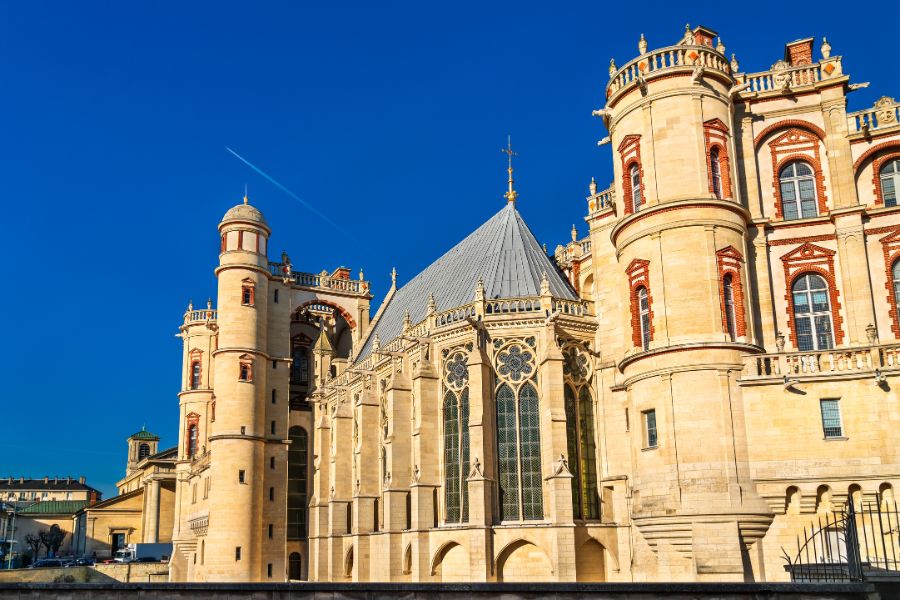
I pack a small backpack with snacks and my phone for maps, so I can explore forests, châteaux, and markets at my own pace. I always check opening hours for châteaux and make reservations ahead of time, especially for big places like Versailles or Vaux-le-Vicomte.
Palatial Wonders: Discovering Île-de-France’s Regal Heritage
Nowhere else have I wandered through gilded halls and perfect gardens quite like in Île-de-France. Each palace has its own story—sometimes it’s shimmering mirrors, sometimes it’s hidden art, or even just the taste of a modern pastry under a centuries-old chandelier.
Château de Versailles: More Than Just a Day Trip
The first time I stepped into the Palace of Versailles, I finally got why it’s so famous. The Hall of Mirrors sparkled in the morning, and the gardens just kept going—neatly trimmed, full of fountains.
Versailles isn’t only about grandeur. Guided tours share stories about kings, queens, and secret meetings that shaped France. I booked my tickets online to skip the lines, which saved me a headache. Reserving ahead also let me visit the quieter Queen’s Hamlet. The museum staff quickly answered my questions about audio guides and accessibility.
I always stop for a pastry or coffee at one of the historic cafés inside. Spending a whole day there helped me soak in the highlights and the hidden nooks.
Less-Known Palaces and Their Stories
Beyond Versailles, I found places where history feels more personal. The Château de Fontainebleau, once Napoleon’s home, mixes royal art with forest walks. It’s usually less crowded. Booking through a reputable agent can help you snag a spot during busy times.
Château de Vaux-le-Vicomte surprised me with candlelit evenings that cast a magical glow over the gardens. I wandered through rooms that felt frozen in time. Some visits use timed tickets, so check the official website for options. Staff are happy to answer questions about exhibits or the best photo spots.
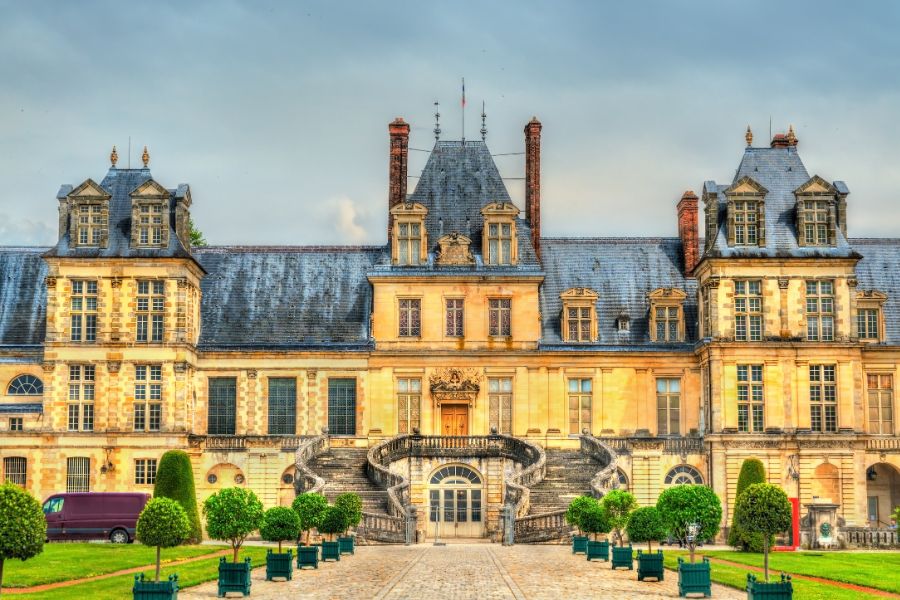
These less-famous palaces gave me quiet moments and stories that felt like hidden treasures.
Combining History and Modern Luxury
Some palaces strike a cool balance between history and comfort. At Château de Chantilly, I tried pastries in tearooms once filled with nobility. Modern touches—like guided tablet tours or easy reservations—make everything smoother.
Luxury hotels inside or near some properties mix historic charm with real comfort. I splurged on a night in a renovated château, where creaky old floors meet soft bedding. The staff helped set up private tours and sorted my ride back to Paris.
Whether you book through an agent or directly, options range from quick guided visits to full overnight stays. These experiences make the region’s palatial history feel alive and inviting.
Nature Escapes: Woods, Forests, and Picturesque Parks
The Île-de-France region around Paris is packed with nature escapes perfect for recharging. Some spots pull you deep into forests, while others are just right for picnics, family time, and outdoor activities only a short train ride away.
Exploring the Fontainebleau Forest
Fontainebleau Forest is hands-down one of my favorite places to unplug. Only 60 kilometers from Paris, this massive woodland covers more than 25,000 hectares. It’s famous for its weird rock formations, ancient oaks, and winding trails. I once spent an afternoon there, wandering through mossy boulders and tall pines. Honestly, it felt like I’d left the city far behind.
Hikers, climbers, and photographers all find something to love in Fontainebleau. There are trails for every fitness level, and it’s a top spot for bouldering. Families can spread out in big clearings or picnic near a village edge. The nearby town of Fontainebleau is worth checking out too, with its château and friendly cafés.
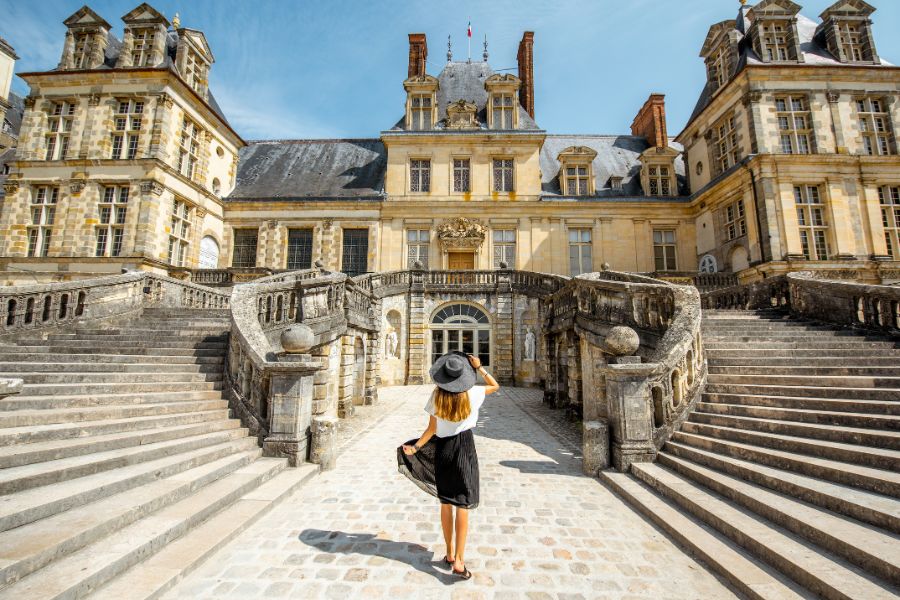
You can get there easily by train from Paris Gare de Lyon—no car needed. I always pack a snack, wear comfy shoes, and bring my camera. Sometimes I spot wild deer or overhear climbers swapping tips in French and English.
Open-Air Adventures Near Paris
There’s more than Fontainebleau. The Parc du Champ de Mars has a long stretch of grass right by the Eiffel Tower—great if you want views with your downtime, though it gets crowded. For a quieter spot, the Parc de Saint-Cloud blew me away with its leafy paths, fountains, and a hillside lookout with one of the best city views.
If you want peaceful woods, check out the Rambouillet Forest. It’s great for cycling and birdwatching. I joined a local walking group once and watched herons fishing in quiet streams. The paths are well-marked, so it’s easy to explore with a map or just your phone.
Looking for something even less touristy? Try the Dourdan Forest or Saint-Germain-en-Laye. Both are easy to reach by regional trains (RER and Transilien), so you can plan a day trip on a whim. Each park and forest has its own vibe, so I always check the official websites for info or special events before heading out.
Seasonal Surprises: Festivals, Markets, and Local Culture
Île-de-France always seems to have something new for curious travelers. From twinkling Christmas stalls to modern art shows, I never run out of ways to experience both city buzz and country traditions here.
Christmas Markets and Festive Traditions
Walking into a Christmas market in Île-de-France feels like stepping into a storybook. Wooden chalets line the squares, overflowing with handmade gifts, mulled wine, and artisan treats. In towns like Fontainebleau and Saint-Germain-en-Laye, local choirs fill the air with carols while families skate or snack on roasted chestnuts.
Paris hosts bigger markets, but I think the smaller village ones are more personal. Local producers sell fromages, jams, and pastries I’ve never tasted before. My favorite part? Every town has its own traditions—life-size nativity scenes, lantern parades—so every visit feels different. The festive spirit stretches from the city’s bright avenues to quiet country corners.
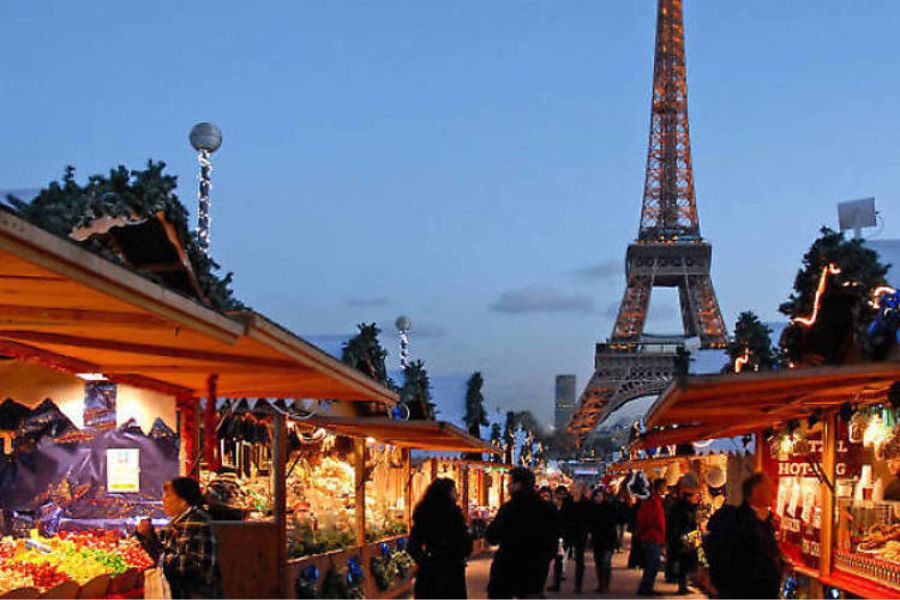
Festive Market Checklist:
- Try hot spiced cider (“cidre chaud”)
- Sample regional honey and gingerbread
- Catch a tree-lighting
Avant-Garde Art and Events
If classic holiday cheer isn’t enough, the region’s art scene brings out a creative side. Paris and nearby towns host art festivals and pop-up shows that mix city energy with country inspiration. I’ve seen multimedia installations in old warehouses and interactive sculptures in historic gardens.
The Philharmonie de Paris always surprises me with bold concerts. In Montreuil and Saint-Ouen, I’ve wandered through open-studio weekends where artists open their doors to visitors. These events often blur the line between gallery and street, pulling art into daily life.
Want something different?
- Check festival schedules online—some are just one weekend.
- Look for street art tours in both city and town.
- Catch live performances in unexpected places, from châteaux to old factories.
That mix of tradition and innovation keeps me coming back—each season feels like a new side of Île-de-France.
Practical Advice for an Authentic Île-de-France Adventure
Going beyond Paris takes a bit of planning, but it’s so worth it. Staying flexible, making smart bookings, and listening to local tips will open up amazing experiences in the region.
Choosing the Right Accommodation
Where I stay shapes my whole trip. In Île-de-France, you can find everything from cozy guesthouses in villages to fancy vacation homes near places like Versailles or Fontainebleau. When I search, I always filter for customer service—quick responses make everything easier, especially if I need to contact the host last minute.
A vacation home with a kitchen lets me cook with market finds. Hotels offer perks like breakfast or help with booking area tours. For longer stays, I look for places with flexible check-in and clear cancellation rules. In rural spots, fewer people speak English, so I always read reviews or message the owner for details to avoid surprises.
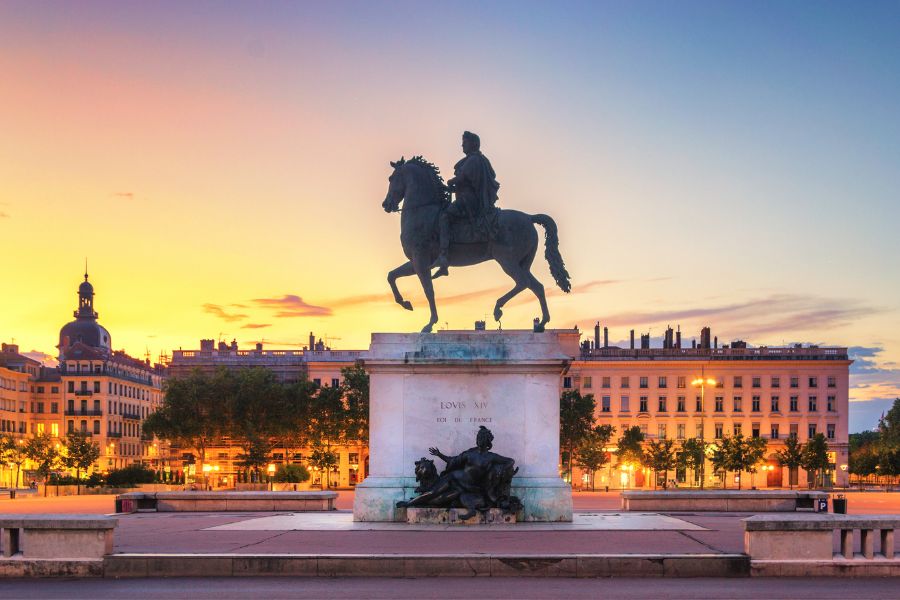
Making Reservations and Getting Around
I never leave reservations to chance, especially for places like Château de Versailles or Monet’s Gardens in Giverny. Booking tickets online ahead of time usually saves a ton of hassle and lets me skip those painfully long lines.
A lot of attractions in the area use timed entry slots. I set reminders on my phone and sometimes look for combo passes that bundle buses or shuttles with entrance fees.
Getting around? It’s a mix. I usually hop on local trains like the RER or Transilien, grab a regional bus, or sometimes just use a rideshare if I’m feeling lazy.
I keep a super basic table to track my connections:
| Destination | Train Line | Station Name | Travel Time |
|---|---|---|---|
| Versailles | RER C | Versailles-Chantiers | ~30 min |
| Fontainebleau | Transilien R | Fontainebleau-Avon | ~40 min |
| Provins | Transilien P | Provins | ~1h25 |
A Navigo pass covers most of my regional trips. For those rural stops, I always check bus times in advance since service can get pretty spotty, especially in the evenings or on Sundays.
Insider Tips for Hassle-Free Travels
I’ve learned to expect the unexpected when I travel. Not every place takes credit cards, so I always carry some euros—especially in small towns or at local markets.
A couple of days before I arrive, I reach out to my lodging to confirm the details. That little check-in has saved me from stress more than once.
Even just trying a few basic French phrases makes a difference. Locals seem to appreciate the effort, whether I’m at a bakery or asking for directions at the train station.
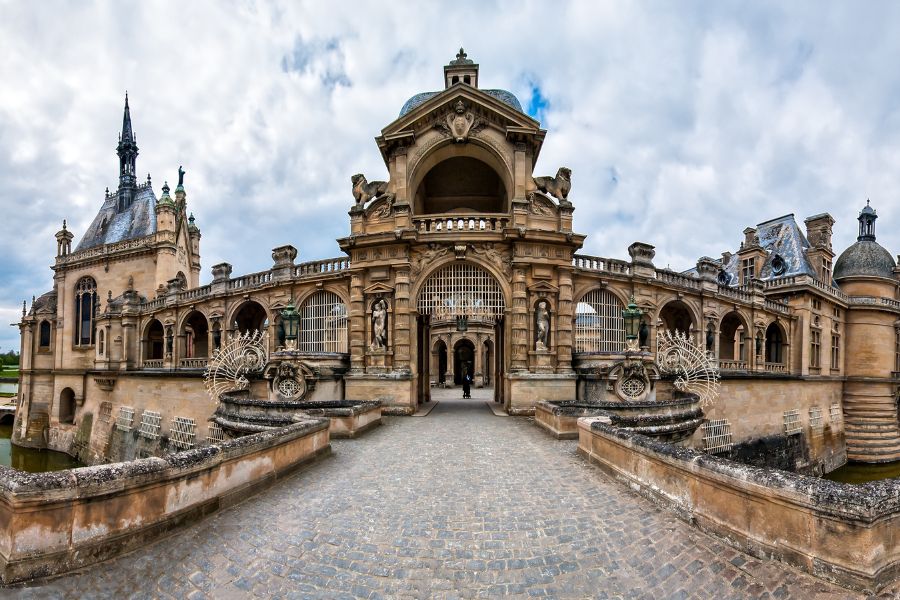
If something goes wrong, I usually find that good customer service—maybe a friendly host, a helpful bus driver, or someone at the tourism office—can save the day.
I also make sure to plan for downtime. There’s nothing like a picnic in the forest or a lazy afternoon at a café, especially when I know I’ve already sorted out the essentials.

